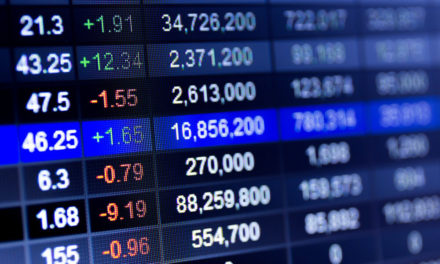With the longest bull market in history primed to set a new record at Wednesday’s closing bell, the $64,000 question remains at the forefront: When will the record-breaking bull finally meet its end?
“My guess is — you have an extended, very psychologically painful, long, drawn-out series of stumbles and starts, where you go up 10 percent and down 15 percent, up 12 percent and down 14 percent.”
Legendary investor Jeremy Grantham accurately predicted the past two times the bubble burst, and he recently sat down with Business Insider to give his insight on the next inevitable market crash. The current bull market dates back to March 9, 2009.
Grantham, the cofounder and chief investment strategist at the $71 billion Grantham, Mayo & van Otterloo, says he was sure the market crash would come earlier this year.
But thanks to President Donald Trump’s escalating trade disputes, the “melt-up” in stocks — a period of steep increases that generally occur at the tail end of a bull market cycle right before the crash — didn’t happen.
“We were only a few months from being in ecstasy land,” Grantham told Business Insider by phone. “Then the trouble with trade, and the U.S. proposals for tariffs that have now become more than proposals, came into play.”
Grantham says if not for the tariffs, he believes the market today would be 10 percent higher than it already is.
“The effect on currencies and emerging markets has really made it difficult to maintain a super-high level of euphoria,” Grantham said. “I consider this a melt-up nipped in the bud by you-know-who.”
Whether or not the tariffs will work in the long run is up for debate but, according to Grantham, the stock market was left in a sort of limbo without the melt-up.
“It’s a pity, because we know how great bull markets and great economies end,” he said. “They traditionally end with a melt-up and a blowup. What about when that doesn’t happen? Who knows? We have no experience of a decade-long bull market fizzling out. Here we are, in no-man’s land.”
“There are decent indicators of the market being in a late stage,” Grantham said. “But that still doesn’t free us from the conundrum of — how can we end if we don’t get a spectacular blowup and a collapse? Collapses in the past have needed that last adrenaline shock — that last 30 percent or so of complete speculation.”
So how and when will it all end? Grantham says now there will most likely be a period of fits and starts.
“My guess is — you have an extended, very psychologically painful, long, drawn-out series of stumbles and starts, where you go up 10 percent and down 15 percent, up 12 percent and down 14 percent,” he said.
“You have this series of non-spectacular, ordinary mini-bear markets that wear away at the P/E (price-earnings ratio), and eventually the economy weakens, and eventually the profit margins go down,” Grantham continued. “It helps drip, drip, drip the market back down. Not with a bang — more with a whimper.”
But Grantham also isn’t ruling out a spectacular melt-up before the market crash — if the trade disputes are finally resolved.
“Back last December, I said there was a 50 percent chance that we’d have a traditional melt-up and blowup,” Grantham said. “That’s gradually come down every week these trade and currency war things go on, and as we come closer to the end of this economic cycle.”




